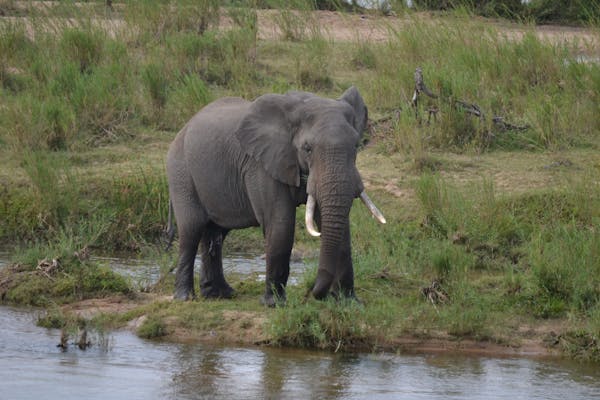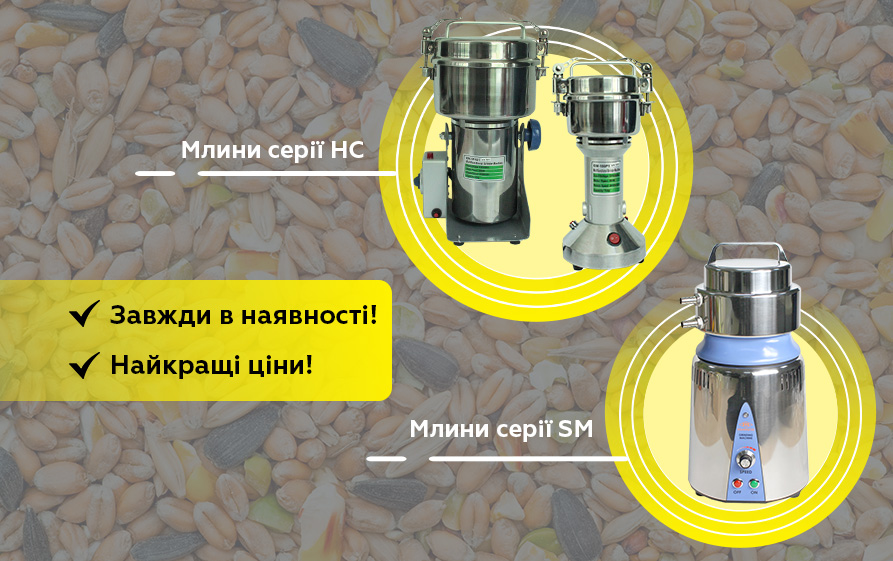Best Time to Visit Tanzania for Safari Adventures
Tanzania is a top destination for African safaris, home to iconic landscapes like the Serengeti, Ngorongoro Crater, and Tarangire National Park. Whether you dream of witnessing the Great Migration or spotting the Big Five, knowing the best time to visit Tanzania for safari can make all the difference in your experience.
Tanzania’s wildlife viewing is spectacular year-round, but seasonal changes affect animal movements, weather conditions, and overall comfort. Planning your safari around the best time ensures unforgettable wildlife encounters, better weather, and smoother travel logistics.
Understanding Tanzania’s Climate
Tanzania has a tropical climate, with temperatures remaining relatively warm throughout the year. However, the country experiences distinct wet and dry seasons that significantly impact safari conditions.
- Dry Season: June to October
- Short Rains: November to December
- Green Season (Long Rains): March to May
- Hot Season: January to February
Each season offers unique advantages and challenges. Let’s explore the best months for specific safari goals and destinations.
Best Time Overall: June to October (Dry Season)
The best time to visit Tanzania for safari is during the dry season from June to October. During these months, vegetation is sparse and water sources are limited, causing animals to gather around rivers and watering holes—making them easier to spot.
Benefits of visiting during this season:
- Clear skies and comfortable daytime temperatures.
- Minimal rain, making roads more accessible and wildlife viewing optimal.
- Abundant wildlife, especially predators like lions, cheetahs, and leopards.
- Great Migration viewing, especially in the Serengeti (July–September).
This season is considered “peak safari season,” so popular parks may be more crowded, and prices for lodges and tours tend to be higher.
Great Migration Highlights: July to September
If witnessing the Great Migration is your primary goal, the best time to visit Tanzania for safari is July through September. This is when over 1.5 million wildebeest, zebras, and gazelles move through the Serengeti toward the Masai Mara in Kenya.
Key moments include:
- River Crossings: Wildebeest crossings at the Mara River (July–August).
- Predator Action: Crocodiles, lions, and hyenas hunt during migration chaos.
- Hot Air Balloon Safaris: Offers aerial views of the migration—truly magical.
Booking in advance is essential during these months, as demand is high and availability is limited.
Calving Season: January to February
If you prefer fewer crowds and want to see baby animals, consider visiting during the calving season in Southern Serengeti.
Why visit during this time:
- Wildebeest Births: Over 500,000 calves are born in a short span.
- Predator Interaction: Lions and cheetahs stalk the young, offering dramatic sightings.
- Mild weather: Warm days and occasional light rains.
While it’s not the “traditional” safari peak season, the calving period is excellent for photographers and nature lovers who enjoy watching nature’s circle of life.
Green Season (Low Season): March to May
The long rainy season (also called the green season) from March to May is the wettest time of year. Although it’s not typically recommended for first-time visitors, it has some unique advantages.
Pros of the green season:
- Lush landscapes and vibrant scenery—perfect for photography.
- Fewer tourists, creating a more private and peaceful experience.
- Lower prices on safari packages and accommodations.
- Migratory birds arrive, making it a birder’s paradise.
Cons include:
- Muddy roads and challenging driving conditions.
- Some camps and lodges close during these months.
- Wildlife can be more dispersed due to abundant water sources.
However, some regions like the Ngorongoro Crater remain accessible year-round and offer good sightings, even during the rains.
Short Rains: November to Early December
The short rains period marks the transition between the dry season and the green season. Showers are usually brief and occur in the afternoon, leaving most of the day dry and enjoyable.
Advantages of visiting in November:
- The bush turns green and vibrant, attracting herbivores.
- Smaller crowds and mid-range pricing.
- Good wildlife viewing, especially in Northern Tanzania parks.
While not ideal for the Great Migration, this shoulder season can be an excellent compromise for travelers looking to save money while still enjoying rewarding game drives.
Best Time by Region
Different regions of Tanzania offer varying safari experiences. Here’s a quick breakdown of the best time to visit Tanzania for safari by region:
Serengeti National Park
- Best Time: June to October (Dry season and migration)
- Also Good: January–February (calving season)
Ngorongoro Crater
- Best Time: Year-round
- Peak Wildlife Viewing: June to October
Tarangire National Park
- Best Time: June to October (Elephants gather near rivers)
- Avoid: March to May (roads can be impassable)
Selous Game Reserve (Nyerere NP)
- Best Time: June to October
- Closed: Some areas during the rainy season
Ruaha National Park
- Best Time: June to October
- Remote but rewarding with fewer tourists
Month-by-Month Safari Overview
| Month | Safari Conditions |
|---|---|
| January | Calving in Serengeti, great for predators |
| February | Young animals, active wildlife |
| March | Start of rains, lush but challenging travel |
| April | Wettest month, fewer tourists |
| May | Still wet, great scenery |
| June | Start of dry season, excellent viewing |
| July | Peak migration in Northern Serengeti |
| August | River crossings, predator activity |
| September | Consistent sightings, dry weather |
| October | Great conditions before the short rains begin |
| November | Green returns, fewer tourists |
| December | Transition month, variable weather |
Final Thoughts
Choosing the best time to visit Tanzania for safari depends on what kind of experience you want. For first-timers, the dry season (June–October) offers the most reliable wildlife sightings and comfortable weather. If you’re after drama and action, visit during the Great Migration or the calving season. And for budget travelers or photographers, the green season has its unique rewards.
Whatever time you choose, Tanzania’s vast savannahs, diverse ecosystems, and stunning wildlife ensure that your safari will be the trip of a lifetime.













